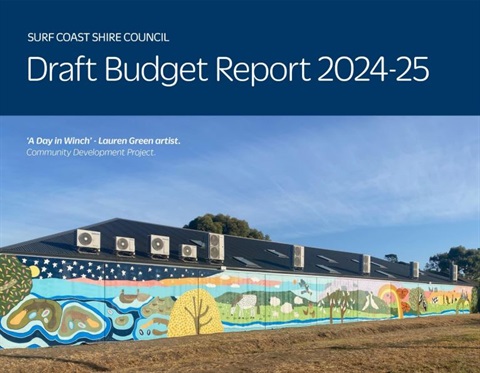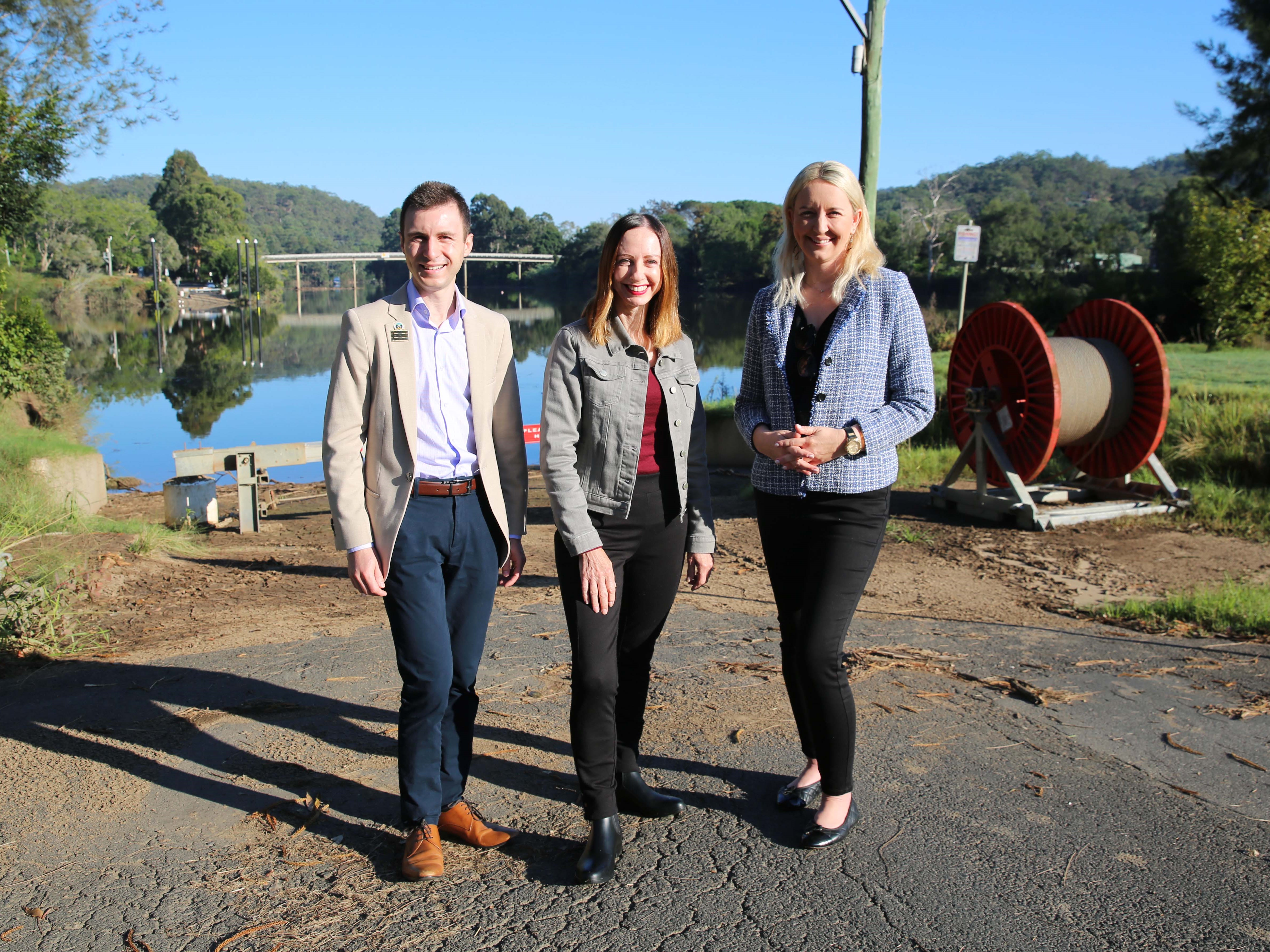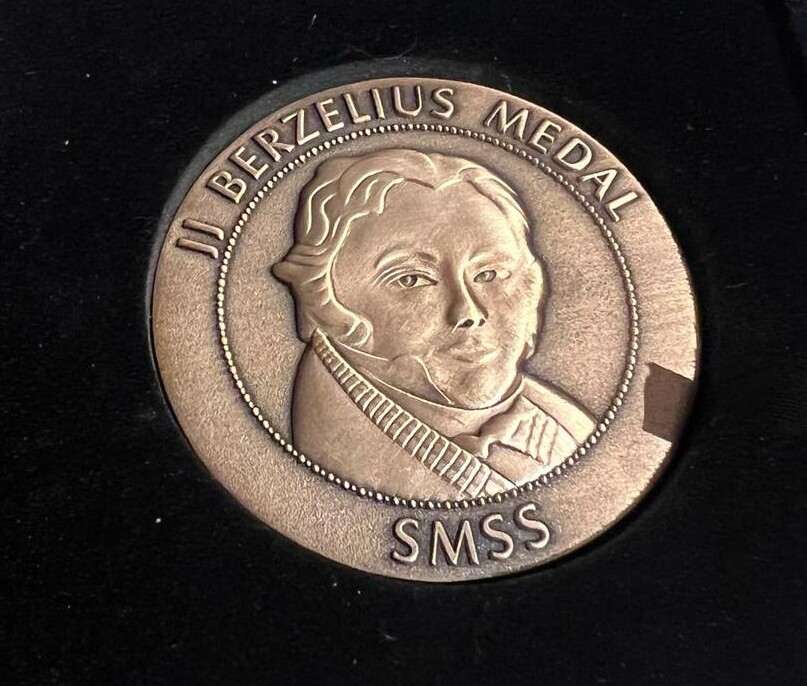A group of Australian scientists have for the first time unravelled the history of climate change upheaval on the Great Barrier Reef over the past eight millennia.
Led by University of Queensland graduate Dr Marcos Salas-Saavedra, the team analysed rare earth elements in drilled reef cores, unveiling a deep history of wild weather.
“Eight thousand years ago, extreme runoff from an intense Indian-Australian summer monsoon affected water quality in the southern offshore Reef,” Dr Salas-Saavedra said.
“Water in the GBR was much dirtier, and poor water quality is known to be a major cause of reef decline around the world.
“But 1,000 years later, monsoonal rains eased and the water quality greatly improved.
“We noticed water quality declined during times of dampened El Niño Southern Oscillation frequency, which may have led to more La Niña-dominated wet climates in Queensland at those times – like the weather we have seen this year in Queensland.”
“But as El Niño-dominated weather patterns became established, southern Great Barrier Reef water quality again improved to give us the beautiful Reef we know and love.”
The new data allows researchers to understand for the first time what water quality was like on the Great Barrier Reef over an extended period.
Professor Gregory Webb said the study provides a new and independent source of palaeoclimate data, not only for the Great Barrier Reef, but potentially for reefs around the globe.
.jpg) “Knowing more about how the Great Barrier Reef responded to past environmental changes is essential to help inform us how reefs can be better managed in the future,” Professor Webb said.
“Knowing more about how the Great Barrier Reef responded to past environmental changes is essential to help inform us how reefs can be better managed in the future,” Professor Webb said.
“We have created a toolkit to understand subtle differences in water quality – even in offshore reefs – and it can be applied over much longer time frames where reef core material is available.
“Importantly, this type of analysis enables us to examine how ancient water quality may have impacted coral growth rates, overall reef growth rates, and any shifts in reef ecology at the same time.”
Reef cores were recovered from Heron and One Tree reefs by UQ’s Dorothy Hill Research Vessel, before Professor Jianxin Zhao dated and analysed the cores at UQ’s Radiogenic Isotope Facility.
The analysis focused on rare earth elements preserved in microbialites – rocks made by microbes – that have been growing throughout the Great Barrier Reef’s history.
The research is published as a preprint in Chemical Geology (DOI: 10.1016/j.chemgeo.2022.120871).
The study was part of an ARC-funded consortium of UQ (Professors Gregory Webb and Jianxin Zhao), the University of Sydney (Professor Jody Webster) and Queensland University of Technology (Dr Luke Nothdurft).
Image above left: UQ’s Dorothy Hill Research Vessel drilling reef cores for further analysis at the university’s Radiogenic Isotope Facility. Credit: Gregory Webb.







